Business
INDIGENOUS PARTICIPATION IS IMPORTANT TO THE CANADIAN WIND ENERGY INDUSTRY, WITH OVER 35 COMMUNITIES ALREADY BENEFITTING FROM WIND PROJECTS

INDIGENOUS PARTICIPATION IS IMPORTANT TO THE CANADIAN WIND ENERGY INDUSTRY, WITH OVER 35 COMMUNITIES ALREADY BENEFITTING FROM WIND PROJECTS

This article was written in 2019, prior to the July 1, 2020, creation of the Canadian Renewable Energy Association, which joined CanWEA with the Canadian Solar Industries Association.
Canada’s wind energy industry has been involved with and benefited over 35 Indigenous communities in the country. As the voice of the industry, the Canadian Wind Energy Association (CanWEA) has been a supporter of Indigenous participation in Canadian wind projects. One of the ways that CanWEA has been active is by being a “Clean Energy Collaborator” with the innovative 20/20 Catalysts Program, which supports clean energy development in Indigenous communities. An example of this collaboration has included working with Catalysts like Chantelle Cardinal (2018 cohort) on convening Indigenous leaders at CanWEA events to enable meaningful discussions about the obstacles and opportunities for Indigenous involvement in wind energy projects. This collaboration is important, since “many of Alberta’s Indigenous communities are focused on opportunities to participate in the clean energy development occurring in their Traditional Territory and to creating opportunity on Reserve and on Settlement lands,” as Ms. Cardinal told CanWEA’s 2019 Spring Forum in Banff, Alberta. In recognition of the effectiveness of the 20/20 Catalysts Program, CanWEA honoured the program with its 2018 Group Leadership Award, which recognizes visionary leaders and clean energy pioneers for their outstanding contribution to the Canadian wind industry.
Canada’s wind energy industry has been involved with and benefited over 35 Indigenous communities in the country.
As the voice of the industry, the Canadian Wind Energy Association (CanWEA) has been a supporter of Indigenous participation in Canadian wind projects. One of the ways that CanWEA has been active is by being a “Clean Energy Collaborator” with the innovative 20/20 Catalysts Program, which supports clean energy development in Indigenous communities.
Chantelle Cardinal, a Saddle Lake Band member from Whitefish Lake #128 and a Catalyst from the 2018 cohort, is one of the Catalysts with whom CanWEA has been working on convening Indigenous leaders at CanWEA events to enable meaningful discussions about the obstacles and opportunities for Indigenous involvement in wind energy projects in Alberta. She has been working with First Nations in Alberta for over 14 years and is currently the Director of Business Development & Environment for the G4 (Stoney Nakoda-Tsuut’ina Tribal Council).
Effective Indigenous and public engagement are cornerstones for successful wind energy development. CanWEA has developed Best Practices for Indigenous and Public Engagement to help industry members consult, engage and communicate on wind energy developments.
“Many of Alberta’s Indigenous communities are focused on opportunities to participate in the clean energy development occurring in their Traditional Territory and to creating opportunity on Reserve and on Settlement lands,” Ms. Cardinal told CanWEA’s 2019 Spring Forum in Banff, Alberta. “Wind energy projects across Canada have demonstrated exemplary, mutually-beneficial partnerships with Indigenous peoples. From community involvement and investment, to contracts and long-term employment, these partnerships are blazing a new trail for how to facilitate collaborative Indigenous engagement and access this country’s vast renewable resources.”
At the Spring Forum, she led an Indigenous panel discussion on the strengths, benefits and lessons from Indigenous participation in wind energy developments. A key point was that clean energy projects can contribute to energy and economic sovereignty for Indigenous communities.
In recognition of its successes, CanWEA awarded the 20/20 Catalysts Program with its 2018 Group Leadership Award, which recognizes visionary leaders and clean energy pioneers for their outstanding contribution to the Canadian wind industry. (This story was written in 2019, prior to the creation of Canadian Renewable Energy Association).
Thanks to Todayville for helping us bring our members’ stories of collaboration and innovation to the public.
Click to read a foreward from JP Gladu, Chief Development and Relations Officer, Steel River Group; Former President and CEO, Canadian Council for Aboriginal Business.

JP Gladu, Chief Development and Relations Officer, Steel River Group; Former President & CEO, Canadian Council for Aboriginal Business
Click to read comments about this series from Jacob Irving, President of the Energy Council of Canada.

Jacob Irving, President of Energy Council of Canada
The Canadian Energy Compendium is an annual initiative by the Energy Council of Canada to provide an opportunity for cross-sectoral collaboration and discussion on current topics in Canada’s energy sector. The 2020 Canadian Energy Compendium: Innovations in Energy Efficiency is due to be released November 2020.
Click below to read more stories from Energy Council of Canada’s Compendium series.
INDUSTRY-INDIGENOUS RELATIONS: A TREND TOWARD DEEPER ENGAGEMENT
Business
Carney’s European pivot could quietly reshape Canada’s sovereignty
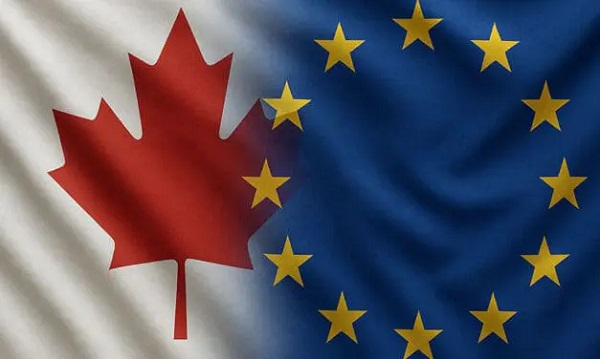
This article supplied by Troy Media.
Canadians must consider how closer EU ties could erode national control and economic sovereignty
As Prime Minister Mark Carney attempts to deepen Canada’s relationship with the European Union and other supranational institutions, Canadians should be asking a hard question: how much of our national independence are we prepared to give away? If you want a glimpse of what happens when a country loses control over its currency, trade and democratic accountability, you need only look to Bulgaria.
On June 8, 2025, thousands of Bulgarians took to the streets in front of the country’s National Bank. Their message was clear: they want to keep the lev and stop the forced adoption of the euro, scheduled for Jan. 1, 2026.
Bulgaria, a southeastern European country and EU member since 2007, is preparing to join the eurozone—a bloc of 20 countries that share the euro as a common currency. The move would bind Bulgaria to the economic decisions of the European Central Bank, replacing its national currency with one managed from Brussels and Frankfurt.
The protest movement is a vivid example of the tensions that arise when national identity collides with centralized policy-making. It was organized by Vazrazdane, a nationalist, eurosceptic political party that has gained support by opposing what it sees as the erosion of Bulgarian sovereignty through European integration. Similar demonstrations took place in cities across the country.
At the heart of the unrest is a call for democratic accountability. Vazrazdane leader Konstantin Kostadinov appealed directly to EU leaders, arguing that Bulgarians should not be forced into the eurozone without a public vote. He noted that in Italy, referendums on the euro were allowed with support from less than one per cent of citizens, while in Bulgaria, more than 10 per cent calling for a referendum have been ignored.
Protesters warned that abandoning the lev without a public vote would amount to a betrayal of democracy. “If there is no lev, there is no Bulgaria,” some chanted. For them, the lev is not just a currency: it is a symbol of national independence.
Their fears are not unfounded. Across the eurozone, several countries have experienced higher prices and reduced purchasing power after adopting the euro. The loss of domestic control over monetary policy has led to economic decisions being dictated from afar. Inflation, declining living standards and external dependency are real concerns.
Canada is not Bulgaria. But it is not immune to the same dynamics. Through trade agreements, regulatory convergence and global commitments, Canada has already surrendered meaningful control over its economy and borders. Canadians rarely debate these trade-offs publicly, and almost never vote on them directly.
Carney, a former central banker with deep ties to global finance, has made clear his intention to align more closely with the European Union on economic and security matters. While partnership is not inherently wrong, it must come with strong democratic oversight. Canadians should not allow fundamental shifts in sovereignty to be handed off quietly to international bodies or technocratic elites.
What’s happening in Bulgaria is not just about the euro—it’s about a people demanding the right to chart their own course. Canadians should take note. Sovereignty is not lost in one dramatic act. It erodes incrementally: through treaties we don’t read, agreements we don’t question, and decisions made without our consent.
If democracy and national control still matter to Canadians, they would do well to pay attention.
Isidoros Karderinis was born in Athens, Greece. He is a journalist, foreign press correspondent, economist, novelist and poet. He is accredited by the Greek Ministry of Foreign Affairs as a foreign press correspondent and has built a distinguished career in journalism and literature.
Troy Media empowers Canadian community news outlets by providing independent, insightful analysis and commentary. Our mission is to support local media in helping Canadians stay informed and engaged by delivering reliable content that strengthens community connections and deepens understanding across the country.
Business
EU investigates major pornographic site over failure to protect children

From LifeSiteNews
Pornhub has taken down 91% of its images and videos and a huge portion of the last 9% will be gone by June 30 because it never verified the age or consent of those in the videos.
Despite an aggressive PR operation to persuade lawmakers that they have reformed, Pornhub is having a very bad year.
On May 29, it was reported that the European Commission is investigating the pornography giant and three other sites for failing to verify the ages of users.
The investigation, which comes after a letter sent to the companies last June asking what measures they have taken to protect minors, is being carried out under the Digital Services Act. The DSA came into effect in November 2022 and directs platforms to ensure “appropriate and proportionate measures to ensure a high level of privacy, safety, and security of minors, on their service” and implement “targeted measures to protect the rights of the child, including age verification and parental control tools, tools aimed at helping minors signal abuse or obtain support, as appropriate.”
According to France24: “The commission, the EU’s tech regulator, accused the platforms of not having ‘appropriate; age verification tools to prevent children from being exposed to pornography. An AFP correspondent only had to click a button on Tuesday stating they were older than 18 without any further checks to gain access to each of the four platforms.”
Indeed, Pornhub’s alleged safety mechanisms are a sick joke, and Pornhub executives have often revealed the real reason behind their opposition to safeguards: It limits their traffic.
Meanwhile, Pornhub — and other sites owned by parent company Aylo — are blocking their content in France in response to a new age verification law that came into effect on June 7. Solomon Friedman, Aylo’s point man in the Pornhub propaganda war, stated that the French law was “potentially privacy infringing” and “dangerous,” earning a scathing rebuke from France’s deputy minister for digital technology Clara Chappaz.
“We’re not stigmatizing adults who want to consume this content, but we mustn’t do so at the expense of protecting our children,” she said, adding later, “Lying when one does not want to comply with the law and holding others hostage is unacceptable. If Aylo would rather leave France than apply our law, they are free to do so.” According to the French media regulator Arcom, 2.3 million French minors visit pornographic sites every month.
Incidentally, anti-Pornhub activist Laila Mickelwait reported another major breakthrough on June 7. “P*rnhub is deleting much of what’s left of the of the site by June 30,” she wrote on X. “Together we have collectively forced this sex trafficking and rape crime scene to take down 91% of the entire site, totaling 50+ million videos and images. Now a significant portion of the remaining 9% will be GONE this month in what will be the second biggest takedown of P*rnhub content since December 2020.”
“The reason for the mass deletion is that they never verified the age or consent of the individuals depicted in the images and videos, and therefore the site is still awash with real sexual crime,” she added. “Since the fight began in 2020, 91% of P*rnhub has been taken down — over 50 million images and videos. Now a huge portion of the last 9% will be gone by June 30 because P*rnhub never verified the age or consent of those in the videos and the site is a crime scene.”
Mickelwait has long called for the shutdown of Pornhub and the prosecution of those involved in its operation. This second mass deletion of content, as welcome as it is, reeks of a desperate attempt to eliminate the evidence of Pornhub’s crimes.
-

 Crime2 days ago
Crime2 days agoHow Chinese State-Linked Networks Replaced the Medellín Model with Global Logistics and Political Protection
-

 Aristotle Foundation2 days ago
Aristotle Foundation2 days agoWe need an immigration policy that will serve all Canadians
-

 Addictions2 days ago
Addictions2 days agoNew RCMP program steering opioid addicted towards treatment and recovery
-
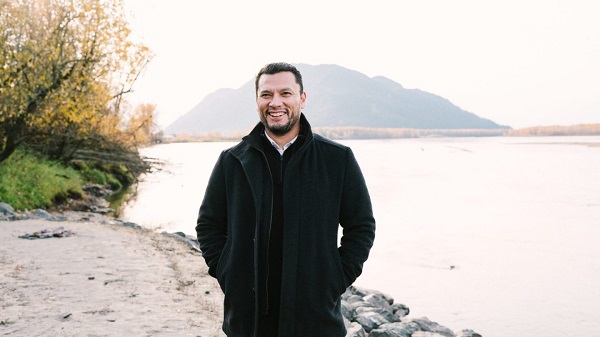
 Business1 day ago
Business1 day agoNatural gas pipeline ownership spreads across 36 First Nations in B.C.
-

 Business16 hours ago
Business16 hours agoEU investigates major pornographic site over failure to protect children
-
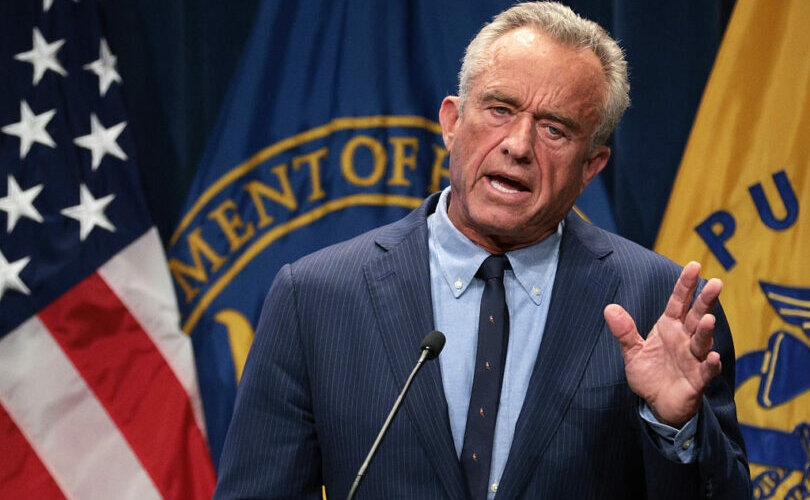
 Courageous Discourse1 day ago
Courageous Discourse1 day agoHealthcare Blockbuster – RFK Jr removes all 17 members of CDC Vaccine Advisory Panel!
-
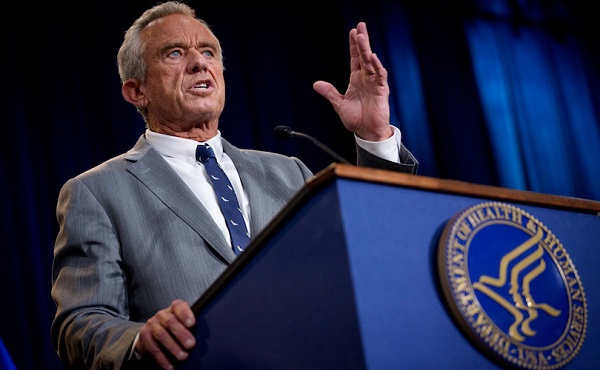
 Health1 day ago
Health1 day agoRFK Jr. purges CDC vaccine panel, citing decades of ‘skewed science’
-
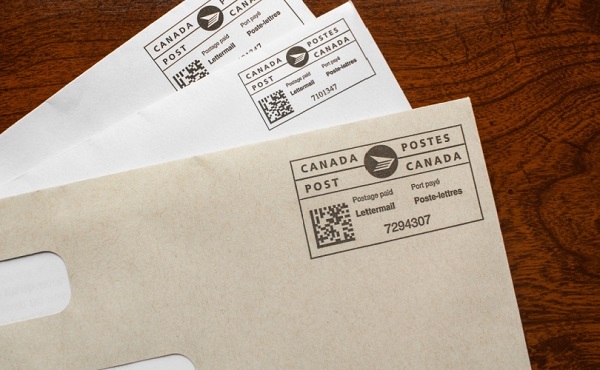
 Censorship Industrial Complex1 day ago
Censorship Industrial Complex1 day agoConservatives slam Liberal bill to allow police to search through Canadians’ mail



